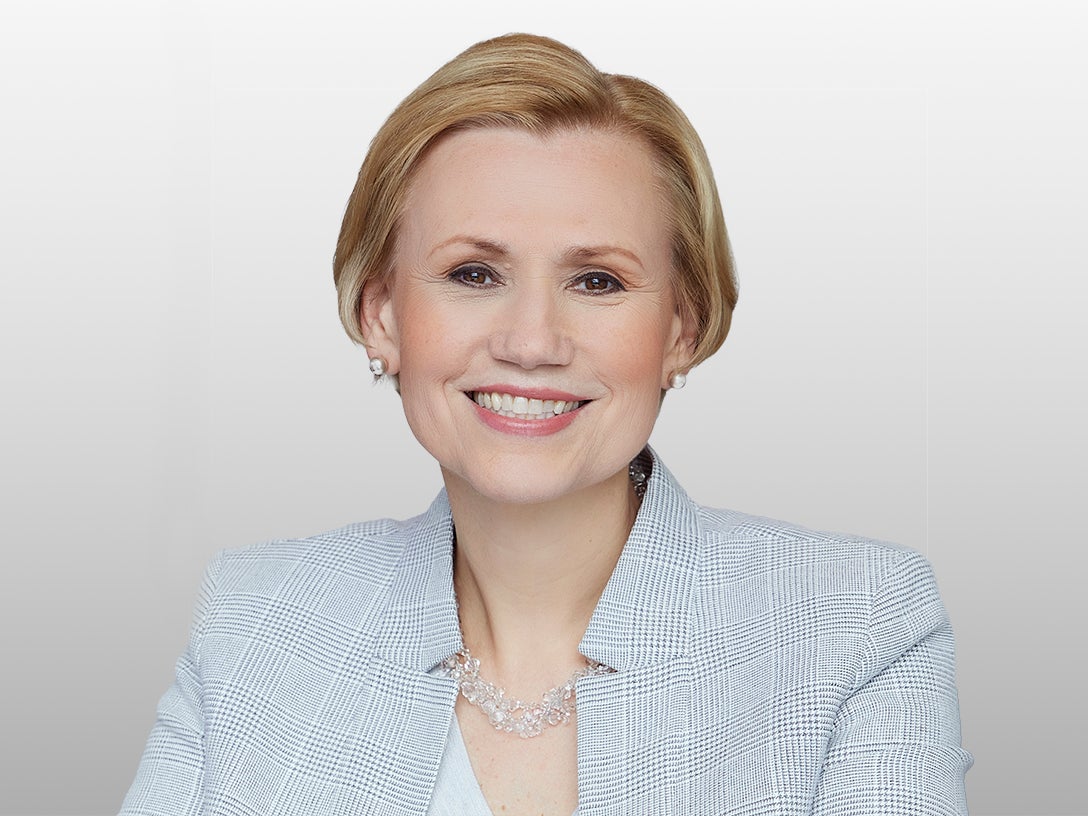
Will high tariffs push the US into recession?
As a trade war rages, a massive market sell-off in the US and around the world raises many questions for investors.

Kristina Hooper is Chief Global Market Strategist at Invesco. In this role, she leads Invesco’s Global Market Strategy (GMS) Office, which has strategists on the ground in North America, Europe, and Asia. Kristina and her team formulate macro views of the markets and economy, examine the potential investment implications of those views, and share their insights with clients and the media around the world. She joined Invesco in 2016 and has been in the investment industry since 1995.

Will high tariffs push the US into recession?
As a trade war rages, a massive market sell-off in the US and around the world raises many questions for investors.

Staying focused through tariff uncertainty and market jitters
With policy uncertainty rattling markets and consumer sentiment, it’s important to remember the market's long-term growth throughout its history.

Clouds are forming for the global economy
There are signs of softening global growth prospects and rising economic policy uncertainty, plus a tectonic shift in fiscal stimulus around the globe.

On the lookout for ‘brown shoots’ in the US economy
I’m hoping not to find signs of a wilting economy, but recessions have historically been caused by policy mistakes, so it’s important to be vigilant.

Tariffs rattle stock markets, but long-term impact is unclear
Recent history has shown that protectionist measures can hurt short-term economic growth but may not create a long-term hurdle for markets.
NA3365807
Investments & Wealth Institute™ (The Institute) is the owner of the certification marks “CIMA” and “Certified Investment Management Analyst.” Use of CIMA, and/or Certified Investment Management Analyst signifies that the user has successfully completed the Institute’s initial and ongoing credentialing requirements for investment management professionals.
The mark of ChFC® is the property of The American College of Financial Services and may be used by individuals who have successfully completed the initial and ongoing certification requirements for this designation. The American College can disallow use of the ChFC® if advisors do not adhere to the program’s ethical standards, continuing education and other requirements.
This link takes you to a site not affiliated with Invesco. The site is for informational purposes only. Invesco does not guarantee nor take any responsibility for any of the content.